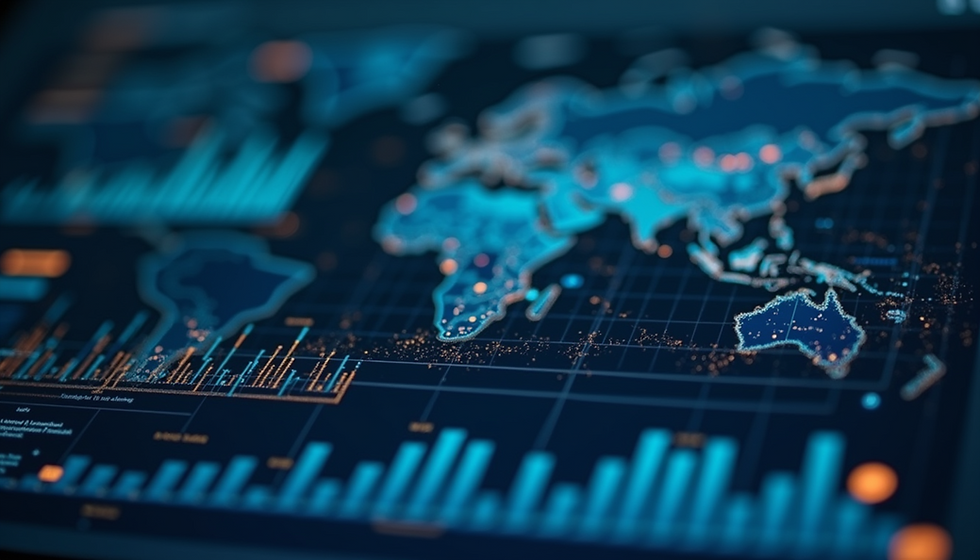The Enigmatic World of Digital Twin Cities and AI-Driven Urban Planning
- Fraoula

- Feb 14
- 3 min read
In today's fast-paced urban landscape, the idea of Digital Twin Cities has emerged as a transformative force in urban planning. These virtual models of real cities utilize real-time data, allowing urban planners and decision-makers to optimize resources, improve citizen involvement, and tackle complex challenges. By integrating artificial intelligence (AI), cities are opening doors to efficiency and sustainability unlike ever before.







